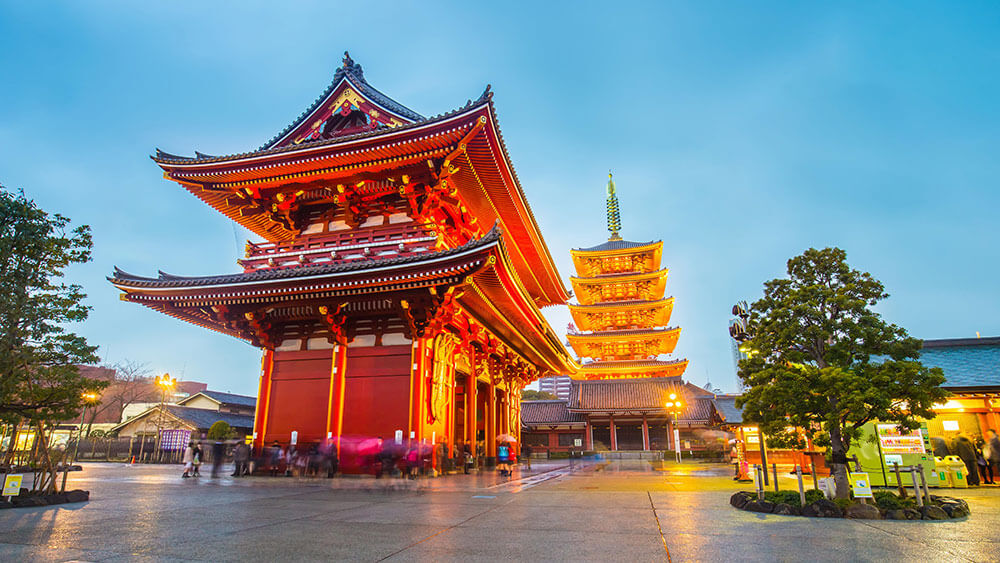
Senso-ji Temple is one of Tokyo’s many attractions. The Japanese city was named the top bleisure destination in the Asia Pacific region byThe Economist Intelligence Unit’s inaugural Bleisure Barometer.
[Au] Lauren Arena
The Economist Intelligence Unit (EIU) recently surveyed 1,500 business travellers around the globe to uncover the best ‘bleisure’ destinations in Asia Pacific (APAC), and Tokyo emerged as the top choice.
As the business events industry continues to thrive across the APAC region, the concept of bleisure (the combination of business and leisure) is gaining traction.

Selina Chavry
The EIU’s inaugural Bleisure Barometer found that ease of transportation is the determining factor when assessing the bleisure experience, followed closely by safety and orderliness of urban areas, and the quality of business facilities. When it comes to preferred leisure activities, culinary experiences won by a large margin, followed by visits to local historical or heritage sites, and going to a museum or art gallery.
These findings are consistent with current incentive travel trends across APAC, where highly localised cultural experiences and farm-to-fork dining options are high on the agenda. For example, global event management company Pacific World launched a new product development programme that focuses on immersive culinary experiences.
Pacific World Global Managing Director Selina Sinclair said this initiative was well received, especially among younger generations of buyers and participants. “Since we launched it in 2017, we saw this trend shaping into an effective communication tool especially in cultures where food is the heart of meaningful gatherings,” she said.
Despite the sheer size of the Japanese capital, which is home to nearly 13.6 million people, Tokyo’s bleisure appeal ranks first out of 26 cities in the region for its urban precision (making it possible to explore the city’s diverse attractions without being overwhelmed), spectacular streetscapes, and culinary reputation. Tokyo is home to some 230 Michelin-starred restaurants, which is more than Paris.
Major sporting events like the 2019 Rugby World Cup and the 2020 Summer Olympics and Paralympic Games are expected to boost the city’s appeal even further, along with a plethora of new hotels and dedicated venues for events.
Alongside Tokyo, the study ranked Singapore, Sydney, Hong Kong, and Melbourne as five star bleisure destinations that provide the right balance of business activity, high-quality infrastructure, and cultural experiences.
The study found that Asia’s best cities for bleisure are not necessarily its most liveable. Although survey questions were inspired by EIU’s Global Liveability Index, some striking differences emerge. For example, wealthy cities such as Auckland, New Zealand, and Adelaide, Australia, sit atop the list for liveability but underperform on bleisure. Meanwhile, Shanghai and Beijing, while rarely considered easily liveable, show their rising business prowess thanks to rapidly improving business infrastructure.
Naka Kondo, editor of EIU’s Bleisure Barometer report, in a statement said: “Cities in Asia Pacific should take note: facilitating leisure experiences for corporate travellers can be the key to differentiating in a crowded business travel market.
“Some of the top cities in our bleisure barometer are already world leaders in this regard, while others can learn from the best in improving access to the intersection of business and leisure travel in the region,” Kondo said.
